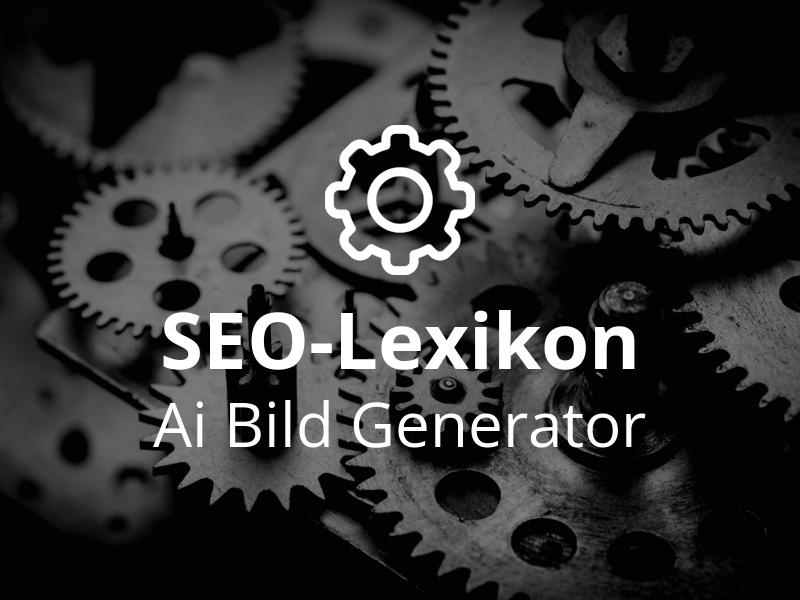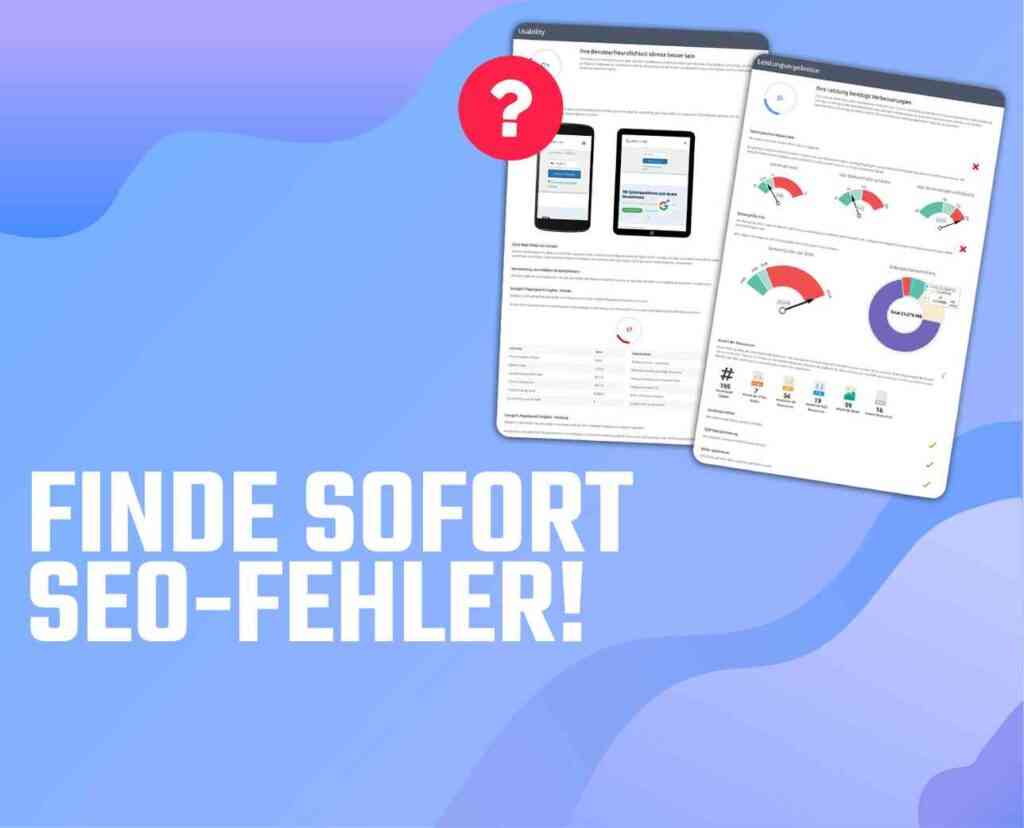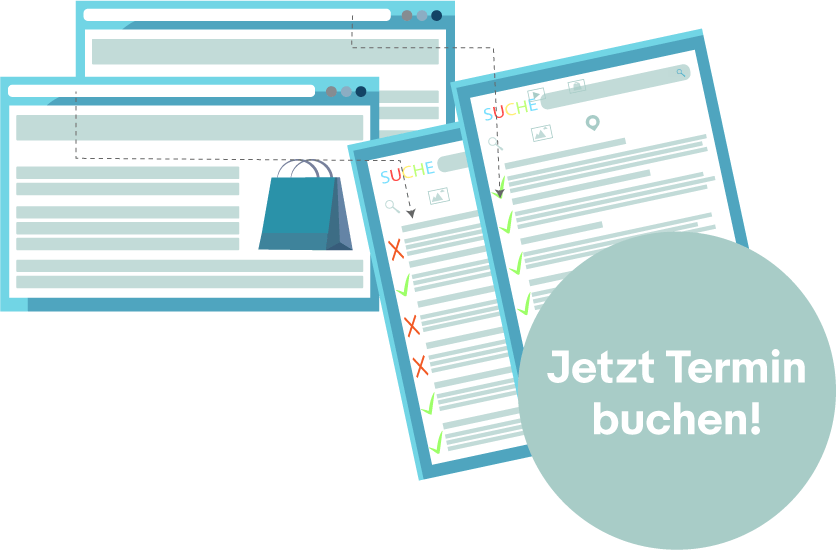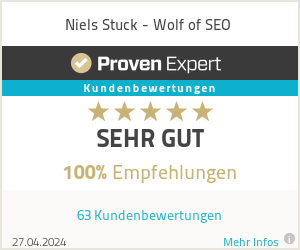Introduction to AI image generators
In this day and age where creativity and technology go hand in hand, AI image generators have sparked a revolutionary wave in digital image creation. These advanced tools use artificial intelligence to turn simple text descriptions into detailed and high-quality images suitable for a variety of applications, from creative projects to commercial purposes. Two prominent examples of such technologies are Genius Images and Microsoft Designer, both of which offer unique features and capabilities.
Genius pictures: Richness of detail and artistic freedom
Genius Images stands out for its ability to generate detailed and artistically valuable images that follow users' instructions exactly. This platform is specifically designed to not only give users the freedom to bring their visions to life with precision, but also allows unlimited commercial use of the generated images. This opens the door for multiple applications, including the creation and sale of NFTs (Non-Fungible Tokens), without copyright issues being a concern.
Microsoft Designer and DALL-E: speed and high-definition
In contrast, Microsoft Designer, which is based on the famous DALL-E technology to enable users to quickly and vividly create their own images based on text descriptions. This platform is characterized by its ease of use and ability to deliver high-resolution results suitable for a wide range of projects, including social media graphics, websites and conceptual art. The free access and recommendation to use detailed descriptions and deliberate compositional consideration make it a valuable tool for creatives and brands looking to strengthen their visual identity.
In summary, AI image generators such as Genius Images and Microsoft Designer offer innovative solutions for creating unique and engaging images. By combining artistic vision and technological innovation, these platforms open up new opportunities for creatives and businesses alike to realize their ideas visually.
Overview of Genius images
Genius Images is an innovative platform where users have the opportunity to realize their creative ideas in image form. By precisely transforming text descriptions into visual artwork, Genius Images offers a unique opportunity for creatives and businesses to produce high-quality, detailed images for a variety of applications.
Richness of detail and artistic quality
The artworks created with Genius Images are characterized by their richness of detail and high artistic quality. The platform is specifically designed to follow user instructions with a high degree of accuracy, enabling precise realization of the desired vision. This enables users to create expressive and aesthetically pleasing images that exactly match the intended messages or themes.
Commercial use and copyright
A major advantage of Genius Images is the ability to use the generated images commercially. The generated artworks are considered to be in the public domain and are exempt from copyright restrictions, allowing their use in a wide range of commercial projects. This includes the ability to use the images for the creation and sale of NFTs, making Genius Images an attractive option for digital artists and creators active in the crypto art space.
Accessibility and subscription options
Genius images can be easily created via a API which facilitates integration into existing workflows and projects. The platform offers various subscription options to meet the different needs and requirements of users. Genius mode provides additional access to advanced features such as AI video generators and AI chat messages. Users have the option to top up the subscription with individual amounts to meet their specific requirements and easily share the generated images with others.
Although no higher resolutions or quality levels are currently offered for the images, the general image quality usually proves sufficient for a variety of applications, including printing in smaller formats. This makes Genius Images a versatile tool that bridges the gap between creative freedom and technological innovation.
Commercial use and copyright information
The landscape of AI-generated content has undergone remarkable development in recent years, particularly in the area of image generation. A key criterion for the broad acceptance and application of these technologies in various sectors is clarity in terms of commercial use options and copyright information.
Freedom in commercial use
One of the outstanding features of artwork created with AI image generators such as Genius Images is the freedom of commercial use. These platforms allow users to generate images that can be used for a variety of commercial projects without copyright infringement being an obstacle. This includes the ability to use images for marketing campaigns, product design, websites and even as the basis for non-fungible tokens (NFTs), representing a significant advance in the digital art and design world.
Copyright status and public domain
Of particular note here is the public domain status of the generated images, which means that there are no copyright restrictions on their use. This clarification offers users a high degree of security and flexibility, as they do not have to worry about possible legal claims by third parties. The images can be shared, modified and used commercially without restrictions, making them extremely valuable for a wide range of projects and applications.
Integration and diversity of use
The easy integration of such AI image generators into existing systems and projects via APIs significantly expands the application possibilities for creatives and companies. By providing various subscription options that allow customization to specific needs and projects, the generated images become a versatile tool for creative work and commercial applications. The ability to use images to create NFTs also opens up a new field for digital artists to showcase their work in the ever-evolving blockchain technology world.
The combination of richness of detail, artistic quality and legal harmlessness that AI image generators such as Genius Images offer makes them an indispensable tool in the world of digital art and design. These developments represent an important step in the democratization of creative expression by combining high quality standards with the possibility of commercial exploitation without legal complications.
The role of Microsoft Designer in image generation
Microsoft Designer has established itself as a key tool in the world of image generation by enabling users to create vivid and high-resolution images directly from text descriptions. This technology, which is based on the powerful DALL-E algorithm opens up a wide field for creativity and design by quickly transforming complex ideas into visual realities.
Create high-resolution images with ease
The key benefit that Microsoft Designer brings to the fore is the ability to quickly and efficiently generate images that are not only vibrant and appealing, but also of high resolution. This makes the platform particularly suitable for projects that require visually stunning graphics, such as social media posts, website designs or conceptual artwork. Users can rely on an intuitively designed user interface that makes generating images a simple and straightforward process.
Optimization and experimentation for the best results
Microsoft Designer encourages users to use detailed descriptions and carefully consider the composition to achieve the desired results. The platform recommends a high level of experimentation, where users can test different formulations and refine their inputs to continuously improve image results. These iterative adjustments help to improve the quality and Relevance of the generated images.
Flexibility and brand identity
Another significant aspect of Microsoft Designer is the flexibility it offers users by supporting the integration of their brand identity into image generation. This feature is particularly valuable for companies and brands that want to create consistent visual content that reflects their brand values and aesthetics. In addition, the platform provides guidance on how to edit photos and customize visual content to further strengthen brand identity. Users are also encouraged to log and reuse successful prompts, significantly improving efficiency in the image generation process.
By combining a robust technological foundation with ease of use and versatile customization options, Microsoft Designer plays a fundamental role in the field of AI-powered image generation. It enables users of all experience levels to create high-quality and meaningful images with minimal effort, opening up new horizons for digital illustration and design.
Tips for optimizing image quality
The quality of images created by AI image generators depends on numerous factors. To get the best result from these advanced tools, there are some proven methods and approaches that help optimize the visual quality and overall impact of the generated image content.
Use of detailed descriptions
One of the most effective ways to improve image quality is to use detailed and precise text descriptions. By giving the AI image generators clear and detailed instructions, they can better understand and implement the requirements. This includes describing the desired scenes, colors, objects and even moods that should appear in the image. A detailed command can therefore result in a more accurately generated image that is closer to the user's original vision.
Experimenting with variations
Working with AI image generators is an iterative process. By experimenting with different formulations and settings, users can find out which input methods lead to the most appealing results. One approach is to vary the description slightly or set different emphases to see how these changes affect the final images. This method of testing and adapting helps to better understand and utilize the limitations and possibilities of AI tools.
Consideration of the composition
The visual composition of an image plays a crucial role in its impact and aesthetics. Even though AI image generators have the ability to create based on text descriptions, considering the basic principles of image composition in the instructions can significantly improve the quality of the generated images. This includes considerations such as the placement of elements in the image, the use of perspective and the balance between the different components. By incorporating these aspects into the input, users can guide the AI to create more visually appealing and harmonious images.
By taking these tips to heart and incorporating them into their work with AI image generators, users can improve the quality and Relevance of the images created. This not only leads to more visually appealing results, but also maximizes the creative potential offered by these technological tools.
Integration of brand identity into image generation
The seamless integration of brand identity into image generation through AI tools opens up new ways for companies and creatives to ensure that their visual content is coherent and aligned with their brand values. The challenge is to see AI not only as a tool for creating visual content, but also as a partner in brand management.
Definition of brand elements in the image description
An effective strategy for reflecting the brand identity in generated images is to point out specific brand elements in the text description. These include color schemes, typical shapes, textures or even the mood that the brand wants to embody. By embedding these elements in the instruction to the AI, it can be ensured that the generated images have a recognition value and visually reinforce the brand identity.
Alignment with the brand strategy
Careful alignment of the text descriptions and the resulting images with the overarching brand strategy is a decisive factor for success. This includes considering how the images are to be used in different media channels and which target groups are being addressed. Aligning the visual content with the brand's core messages and values not only reinforces brand presence, but also fosters a stronger connection with the audience.
Use of feedback loops
Another important aspect is the implementation of feedback loops. Collecting feedback on the generated images from internal teams or even directly from the target group makes it possible to continuously refine the input parameters for the AI. This iterative process ensures that the generated images are not only technically and aesthetically sophisticated, but also increasingly aligned with the brand identity. Feedback loops also help to make the use of AI in image generation a dynamic tool that evolves with the brand.
By taking these aspects into account, the integration of brand identity into AI-supported image generation can be significantly optimized. This leads to a stronger brand coherence across all visual content and uses the full potential of AI to revolutionize the visual communication of brands.
Logging and reuse of successful prompts
The efficient use of AI image generators requires not only a deep understanding of how the technology works, but also a strategy to maximize results. A best practice is to log and reuse prompts that have shown particular success. This approach makes it possible to streamline the image generation process and achieve consistent results in the production of visual content.
Recording of successful prompts
The first step is to implement a system to capture and log successful prompts. This can simply be a well-organized spreadsheet or database that records details such as the exact wording of the prompt, the date it was created, and specific parameters that led to successful results. Such an archive makes it possible to recognize patterns and understand which elements of the prompts are particularly effective.
Cataloging and analysis
Once an appropriate data set has been built up, the next step is to catalog and analyze the information. Systematic analysis can identify which types of formulations lead to the highest quality images. Furthermore, trends regarding topics, styles or genres that harmonize particularly well with AI technology can be identified. These insights are crucial for increasing the effectiveness of future prompts.
Reuse and customization
Knowledge of successful prompts makes it possible to use them as a starting point for new projects. By reusing proven formulations and adapting them to new contexts, efficiency can be significantly increased. It is important to modify the original formulations according to the specific needs and objectives of the current project in order to optimize the Relevance and uniqueness of the generated images. This strategic adaptation of proven prompts promotes continuous improvement in image quality and consistent alignment with the desired brand identity or creative theme.
By methodically logging and cleverly reusing successful prompts, AI image generators become even more powerful tools in digital image creation. This approach helps users get the most out of AI technology and efficiently create high-quality, engaging images.
« Back to Glossary Index





 By
By